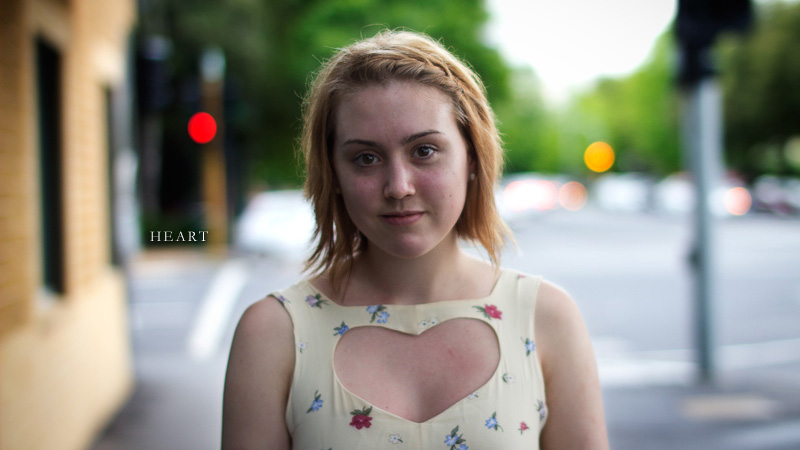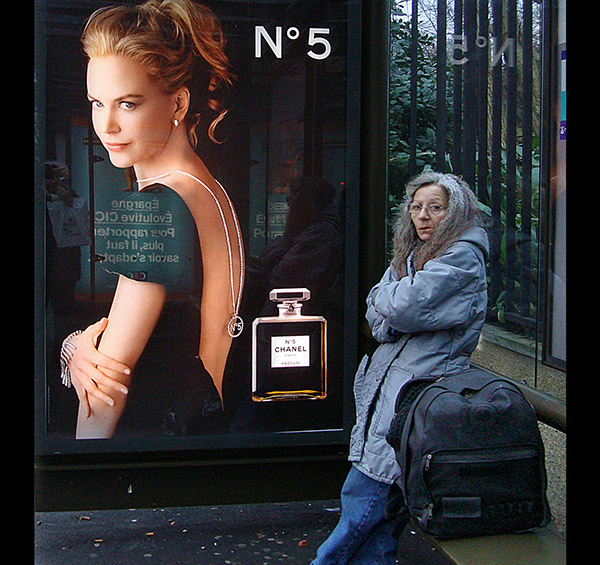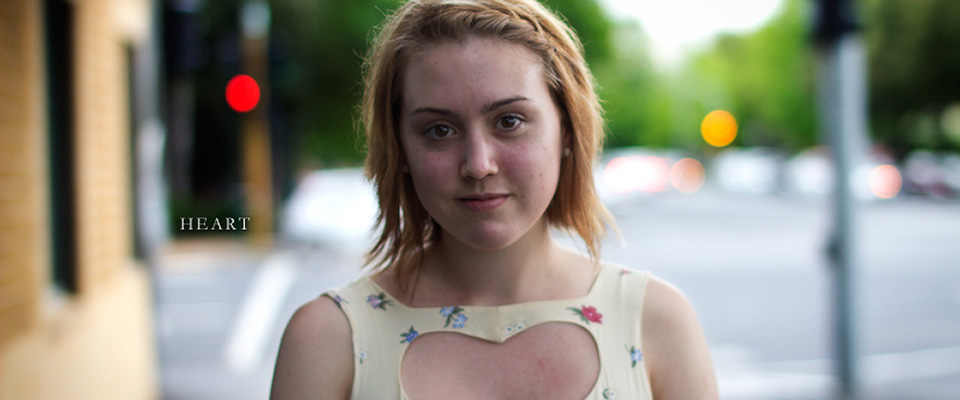
click image for his flickr page
THE BLACK SUN, 12 May — In the physical world, you help the old neighbor carry their groceries in, you play with the other kids down the street, you carpool to school or work. You attend the school down the street. You worship at the church down the street. you gossip with your neighbors. You gossip about your neighbors. When there’s an election you walk down to the polling place.
In the physical world we build community with the people in physical proximity. In the physical world we build community with the people we know. With the people whose baggage we know a lot about.
On The Internet, we build communities with strangers. When you enter a virtual world like Second Life or WoW or Tumblr or Pinterest you have no idea where someone is from. No idea where they’re from geographically. No idea where they’re from conceptually. All you know is that some topic or platform has drawn you to this common “place” in cyberspace.
If you’re growing up in a large metropolis and come to realize, for example, that you’re gay, maybe there’s a local community you can turn to as you discover your identity. If you live in a small town, maybe there’s no one, or no one you’re aware of, that’s like you. Where can you turn as you grapple with identity? Duh! The World Wide Social Network 2.0 Game, of course!
In cyberspace everyone can hear you scream. You can be bullied by one stranger, and offered extraordinary kindness by another.
In The Black Sun you can be cut to ribbons by a Samurai you’ve never even met; in The Black Sun you can fall in love with someone a hemisphere away.

click image for her flickr page
PS: Thank you so much to Logan Campbell in Melbourne, and Julie Kertesz in London, for taking such beautiful pictures and making them a part of flickr’s Community of Strangers. Thanks also for applying a Creative Commons license that allows them to easily meet each other on this blog page, a place, in cyberspace, where I can’t imagine they ever could have anticipated meeting.
Further, as a Free Culture zealot, I have to note that Campbell and Kertesz have done something even more cool. They’ve licensed their work Creative Commons Non-Commercial, and provided a licensing link via Getty Images. This is enormously cool and enormously powerful and is an incredible way to simultaneously build a community and maintain and potentially exploit the commercial value of their work.
As a maximum freedom and interoperability nut, I’m fond of the Creative Commons Attribution license, but Creative Commons Non-Commercial is another great license. When used on sites like YouTube or CCmixter it says, “If you want to be a part of this community, you can go nuts with my stuff, remix, share, reupload, anything you want. But if you want to be a part of that community, with NBC and Disney and the New York Times, well then we can talk about it and then you can pay me.
Because Campbell and Kertesz have used flickr’s awesome ability to use CC-NC and License thru Getty, it means that anyone is just a click away from using their work. For my non-profit blog I need only copy, paste & give attribution. For your book or ad, you can just click the Getty link and run. That’s a lot of control of your creativity. And a lot of building of community with strangers!

2 thoughts on “Building Communities with Strangers”